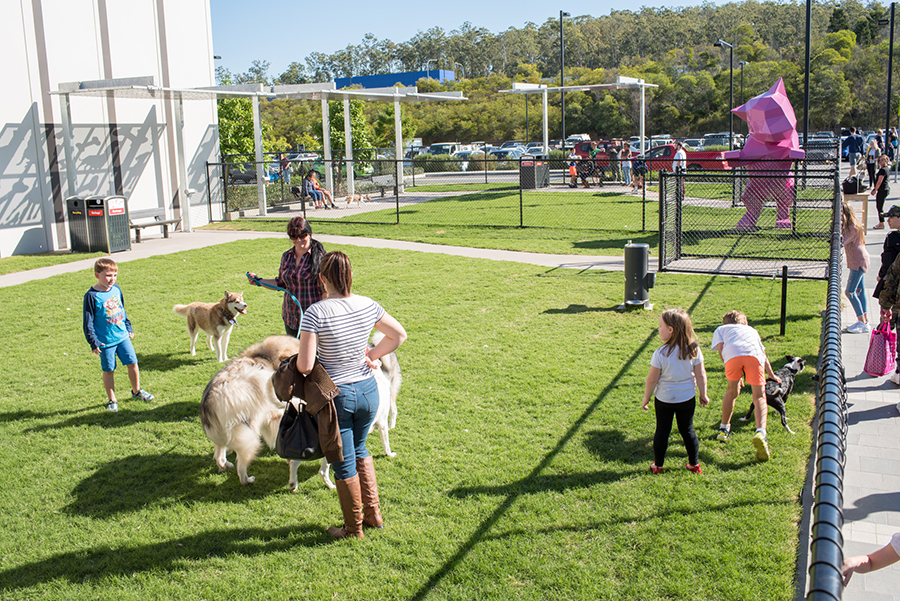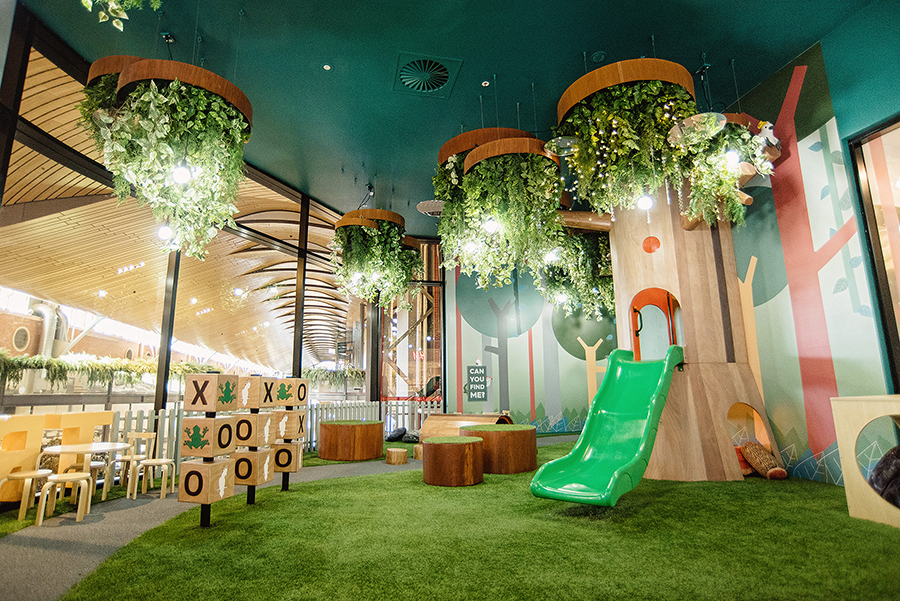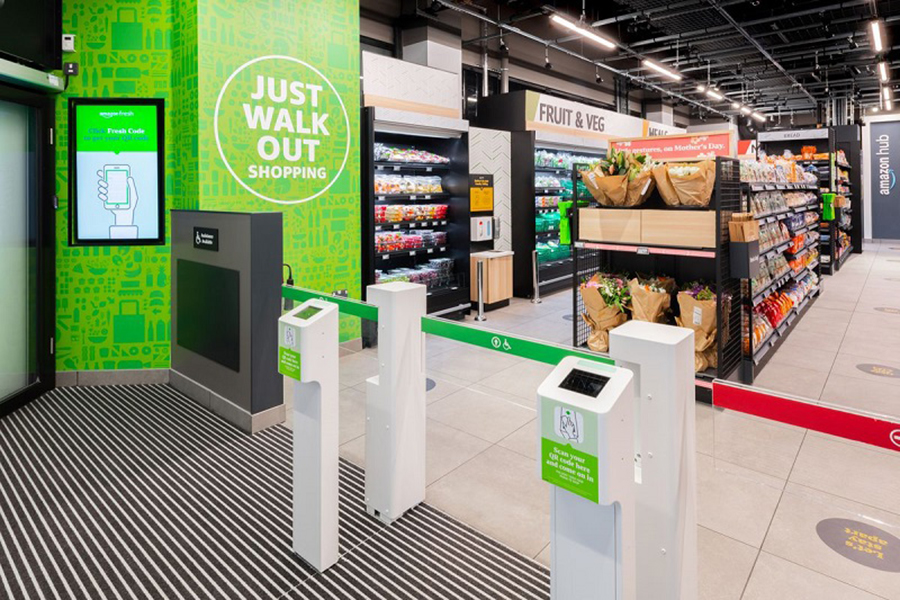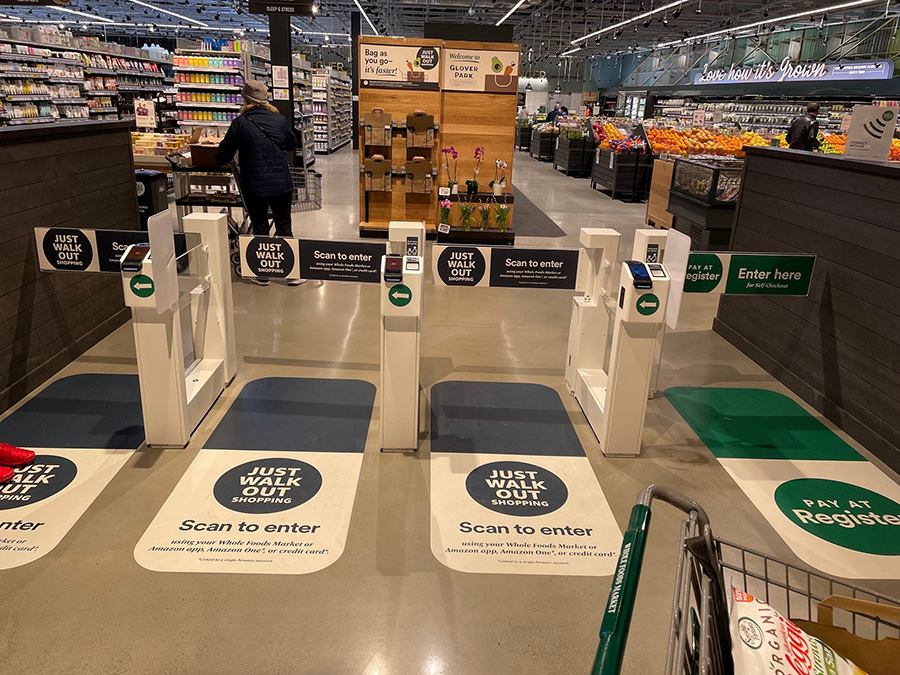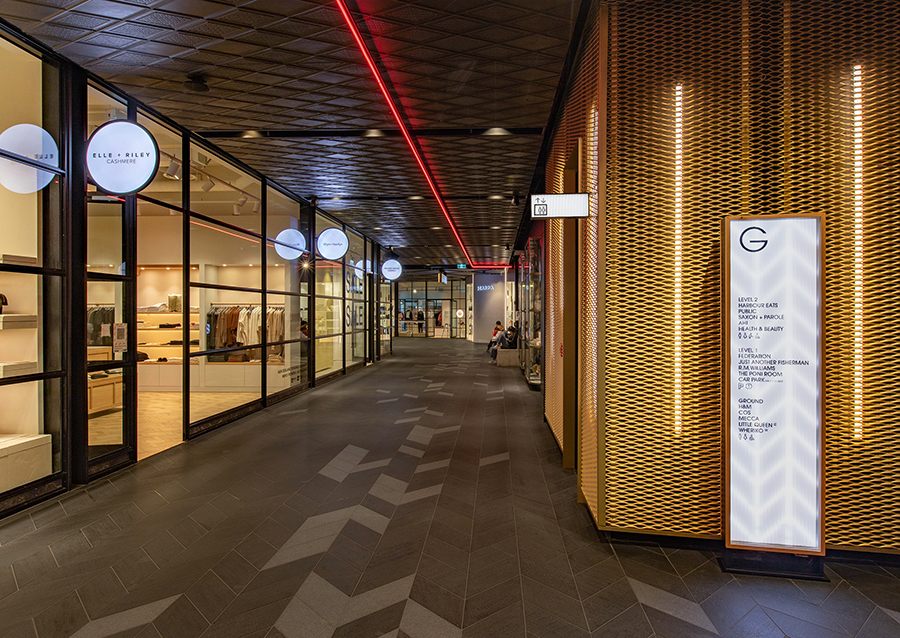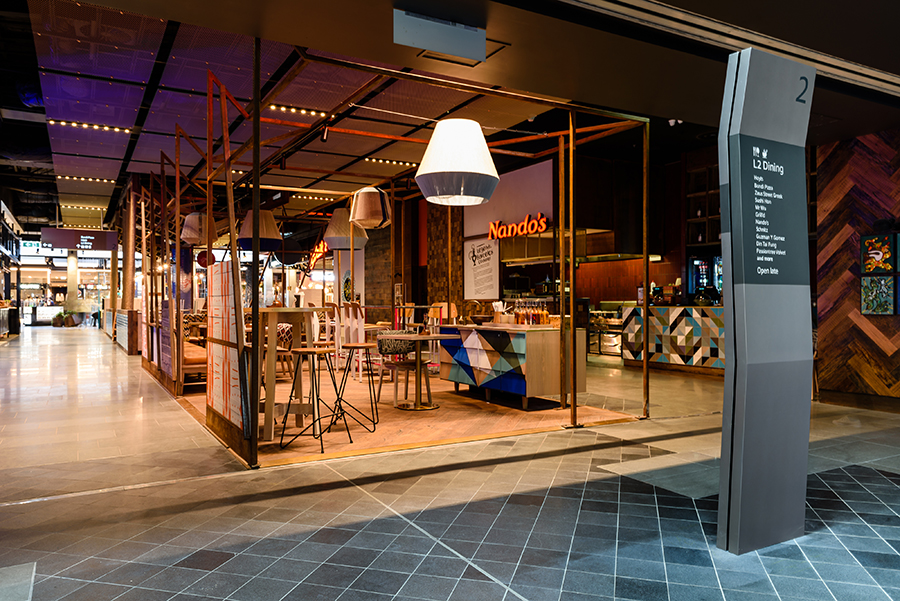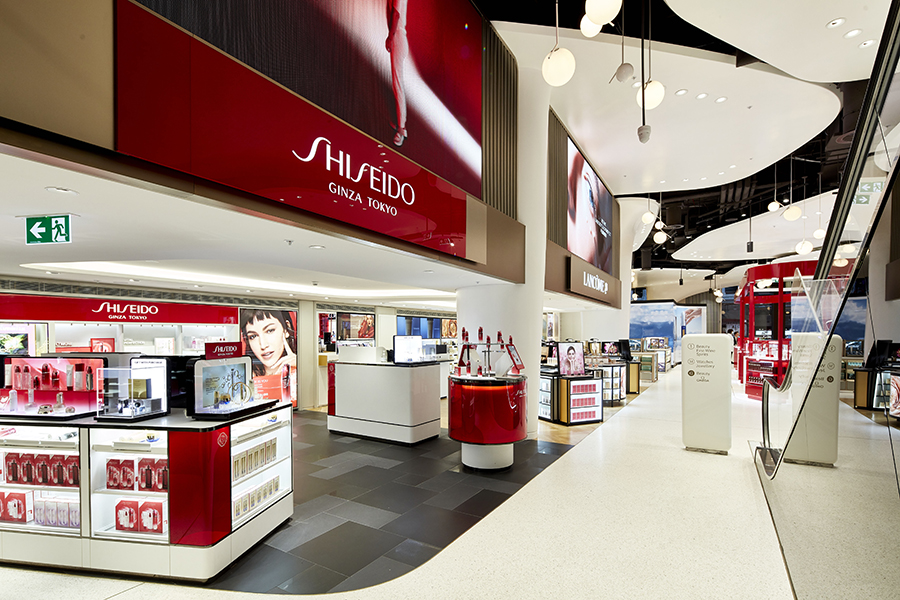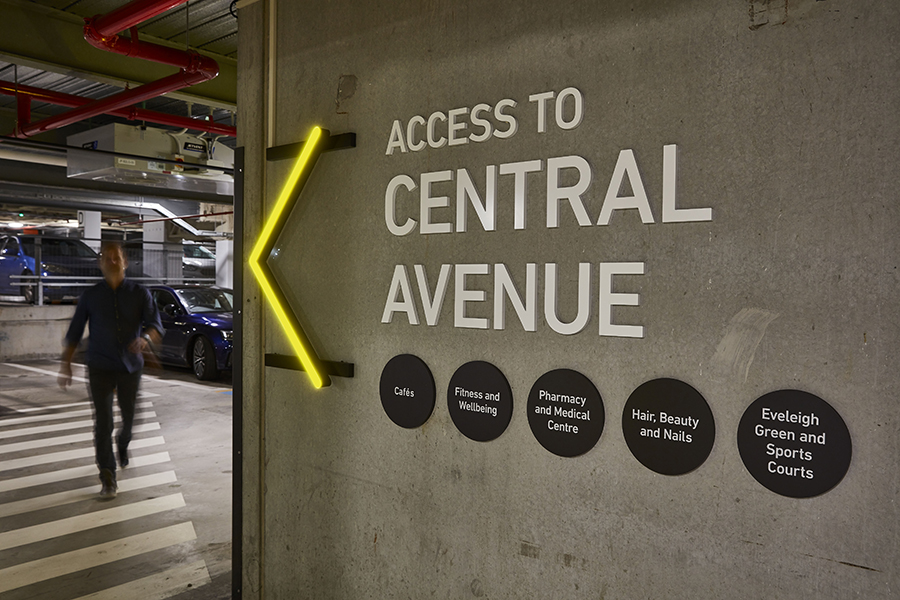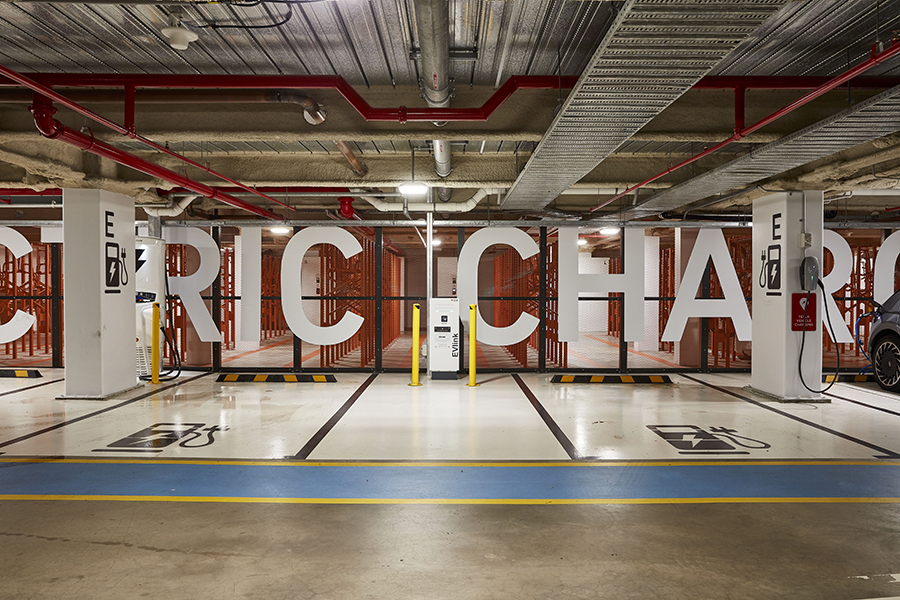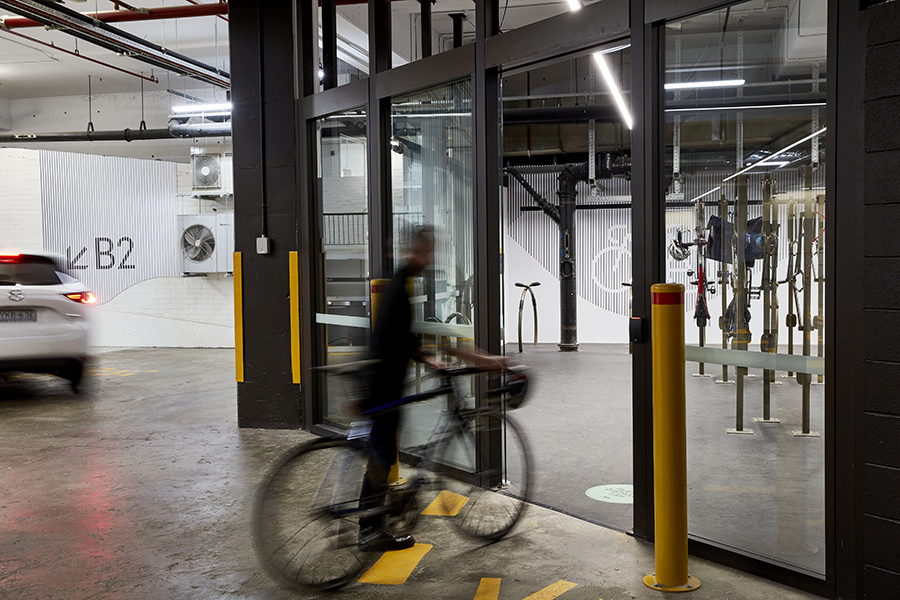‘Time’ is a critical factor in our business and it affects decisions we make on a wide variety of fronts. Whether it’s efficient parking, clear signage or even tenant mix in our centres, ‘time’ should always be a consideration. Kelvin Taylor, Project Director at Diadem explains…
This thing all things devours:
Birds, beasts, trees, flowers;
Gnaws iron, bites steel;
Grinds hard stones to meal;
Slays king, ruins town,
And beats high mountain down.
This riddle between Bilbo and Gollum from The Hobbit speaks to time, which is today one of our most valuable currencies. Time is a great equaliser – each of us has access to the same amount of time as everyone else. For consumers, how we manage our time to get the most out of our limited allocation is a most powerful drive.
Retailing today is not necessarily about getting things done faster, but more about making things better and ensuring the customer experience is as good as it can possibly be.
In today’s world, the most common complaint you will hear is that we are all time-poor or we have little or no ‘bandwidth’ to take anything else on. Time is measured by a clock, and this clock is everywhere – on our wrists, on our phones or laptops, in our cars, on the microwave, on our televisions and bedside tables, and in our heads. There is no getting away from it. We are ruled by time, and all have an equal interest in getting the most out of our day and our allocation of minutes.
The clock became a disciplining device, instilling the importance of punctuality, increased productivity per ‘unit of time’ and a means of coordinating the times when people perform different activities – when we commute, work, shop, eat, play, sleep. As an objective unit, time has become commodified — a resource to be valued and exchanged or negotiated over.
- Orion Springfield Central
- Robina Town Centre
The arrival of smart technology and the rise of omnichannel retail has enabled consumers to extend their time across other activities. We can now explore, compare and shop while we commute, relax at home, at a park or beach, watching sports – anytime we have a free moment. Humans are firmly ensconced in the age of instant gratification where, generally speaking, people want things as soon as possible, hence the rise in popularity of buy-now-pay-later (BNLP) products such as Afterpay, Klarna, Zip, Humm and Stripe. It’s fair to say Australians have fully embraced the BNPL market with a current per person average debt of $1,210, which spiked at more than $1,800 during the height of COVID. This is on top of average credit card debt of $3,043.
Both the seller and the consumer have a vested interest in time. Retailers and suppliers see time as an efficiency and view real-time retail as access to and analysis of real-time data, allowing data to be ‘always on’, therefore driving accurate, timely decisions and business intelligence.
Real-time use cases, such as demand forecasting, personalisation, on-shelf availability, product arrival time prediction and order picking and consolidation, providing added value to the retailer through improved supply chain agility, reduced cost to serve, optimised product availability, and stock replenishment. Retailers make mistakes when decisions are made without the right information. Feed bad data in, and you will get poor results. This can affect margins and goodwill, especially when consumer-led changes are not being captured accurately or in a timely manner. Consumers are fickle, and if their time and interests are not being catered for, they will quickly move on.
- Amazon đưa công nghệ Just Walk Out không cần thu ngân vào siêu thị của mình
With time and convenience as core drivers, Amazon has developed and is delivering a technology system called ‘Just Walk Out’ whereby customers enter the store with a registered card, shop as they usually do and simply walk out with their purchase. In-store sensors, cameras and deep learning tools capture the consumer habit – what they look at, select and buy, or not buy. Consumers are automatically charged upon leaving the store. The simplified shopping experience offers the customer both convenience and time-saving.
With retail trends cycling each quarter, the retailer is under constant pressure to move quickly and confidently. Data captured from the consumer store visit provides real-time data for the retailer to analyse. In turn, the consumer is rewarded with a convenient experience that gives them what they want, when they need it, enabled by the data received through the physical and digital innovation. The technology has current application in kiosks to full-size grocery stores and retail environments up to 4,000m2.
COVID played havoc on the retail sector with a radical rate of consumer behaviour change. In just ten weeks, we witnessed a rate of change that took the previous ten years to accomplish as physical stores faced lockdown and consumers shifted purchasing to digital channels. As consumers purchased in real-time, businesses had to shift their outdated data and warehouse architecture to those that could run and respond in real-time.
- Commercial Bay
- Broadway Sydney
- Lotte Duty Free
Processing data in real-time enables all parts of the value chain to see the status of operations with minimal delay. This makes for better-informed decision-making that can help avoid problems, including underestimating demand and incorrect predictions due to slow response times to changing consumer-led patterns.
Shopping centres themselves are also interested in time as they have a fundamental purpose of ensuring the best possible customer experience that attracts people to their centres, the results of which flow through to higher footfall, retail sales and prosperous tenants. As a result, the shopping centre has a customer-centric focus that is very much based around time.
In this respect, all customer touchpoints along the journey to, within and out of the shopping centre are critical. Mapping the customer journey is key, as is the design and delivery of the appropriate interventions in the customer journey, such as clear, legible and intuitive signage, digital kiosks and help desks that assist the process of mental mapping and finding your way through the centre efficiently and in a relaxed, hassle-free manner.
At a recent retail property forum, Kirrily Lord of Vicinity Centres spoke of the need to understand their customers at an asset level by focusing on product, place and experience as part of the development and curation of spaces. This can involve identifying customer pain points at an individual asset level, be that the customer journey or the quality of amenities and optimising the design of the centre accordingly.
A customer-centric approach can help create a more frictionless arrival experience. This might be through the provision of user-friendly car parking and electric vehicle charging.
- South Eveleigh Sydney
- South Eveleigh Sydney
- 55 Market Street Sydney
This journey starts with finding the best car park entry, then building a system to aid locational awareness that helps inform the customer where they are in a centre and minimising customer journey trouble spots or points of indecision. Digital interventions can play a key role here, especially around integrating devices through mapping and adopting navigation apps.
In terms of the shopping experience, time talks to omni-channel purchasing options, offering goods and services at the right time, and helping cater to individual preferences. The mix of tenancies and other social and community functions such as a library, childcare or medical centre, and state-run services enable customers to fulfil many of their cyclical functions all at the same place, hence saving time. There is nothing worse as a customer than having to travel to multiple locations and find parking to access shops as well as access the post office or some form of government services.
Consumers expect and value immediacy. Research reflects the obvious point that the biggest reason consumers shop online is that the store is always open and shopping is always available. But almost the same number of people shop offline because they have a more immediate need and may not want to wait for delivery.
This brings into play our definition of ‘now’ and what ‘now’ means to the customer – is a customer’s definition of ‘now’ the act of buying or the act of receiving?
These are two very different things and will depend on the type of goods or services being sought. For example, ‘now’ may mean buying ingredients for a meal you are cooking tonight or for something you plan to cook next week. Major purchases and experiences may require more planning and research, so in this case, ‘now’ means gathering information to help make an informed decision. Consulting reviews as part of the decision-making process is a critical factor.
US luxury department store Nordstrom has developed a ‘hyper-local’ strategy providing a touchpoint for customers to engage with services such as online pickup, alterations, styling appointments and more. This localisation trend has seen ‘buy online pick up in-store’ services grow four times, with customers who visit a Nordstrom Local store spending two-and-a-half times more.
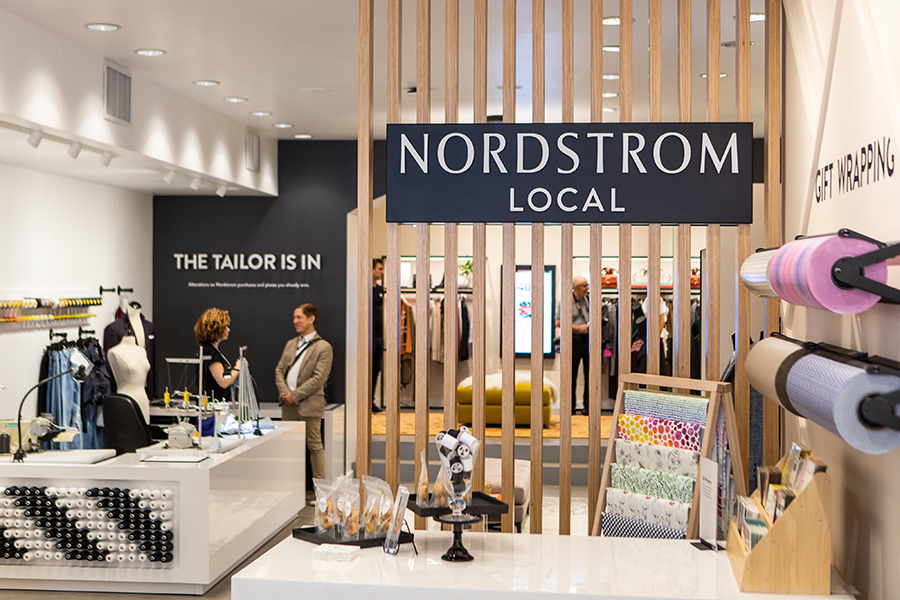
Nordstrom Local
A study by GE Capital Retail Bank has found that 81% of purchasers will consult reviews as part of the in-person purchasing cycle. The reviews themselves need to be current and timely. The combination of time and finances combine to affect consumer purchasing decisions. The GE Capital study found that consumers spend an average of 79 days gathering information before making a major purchase. In this period of time, customers often compare prices and solutions of competitors, making this a crucial time for a retail business to capture prospective customers’ attention and begin to build trust.
Because time is our most precious resource, the message from consumers is clear and consistent. The best modern retailers respect consumers’ time and their money,and they show that at every touchpoint of the buying journey, including the return process.
Leading retailers make it easy for the consumer to find what they want, whether that be online or offline. Store design and promotional content delivered through good apps, video and music content aid the searching, selection and buying cycle process. Everyone wants to feel special, and the art of good retailing is fundamentally an emotional process. Consumers desire to be respected through the entire lifecycle, and this is never truer than respecting the time the customer has devoted to the process.
This article by Kelvin Taylor, Project Director at Diadem, is published in the latest edition of SCN magazine.



